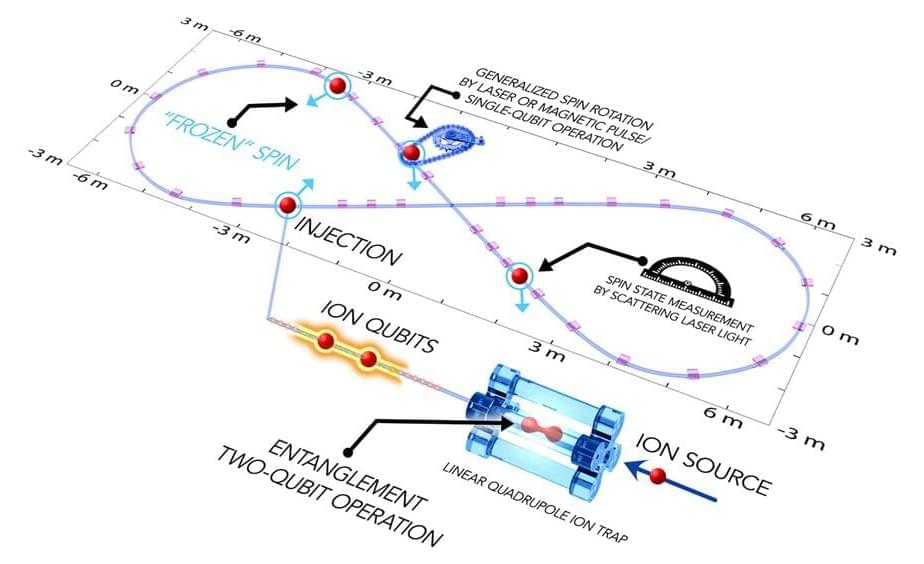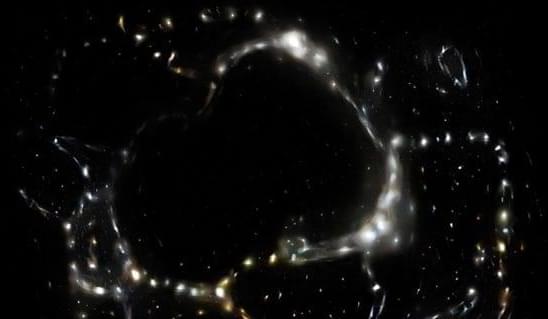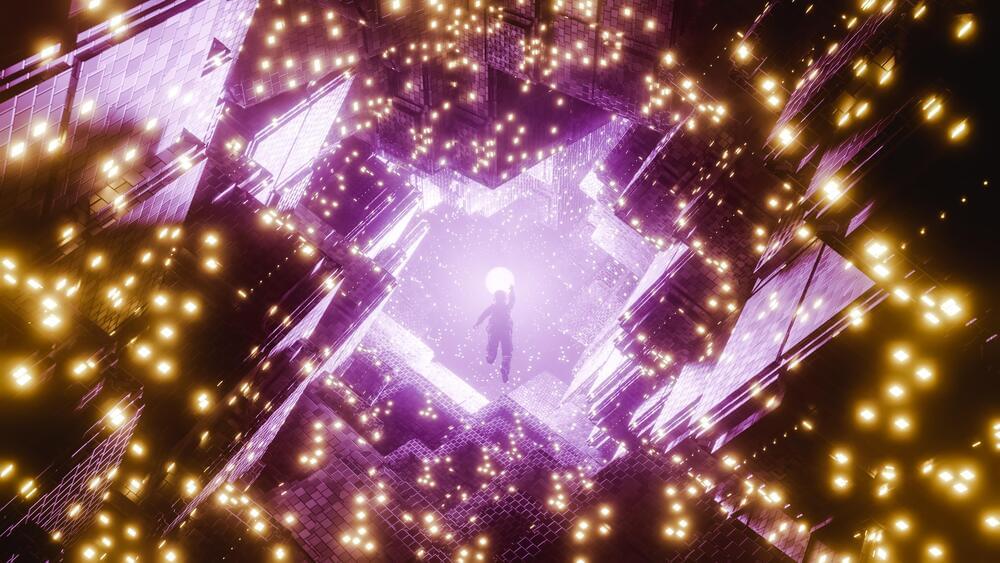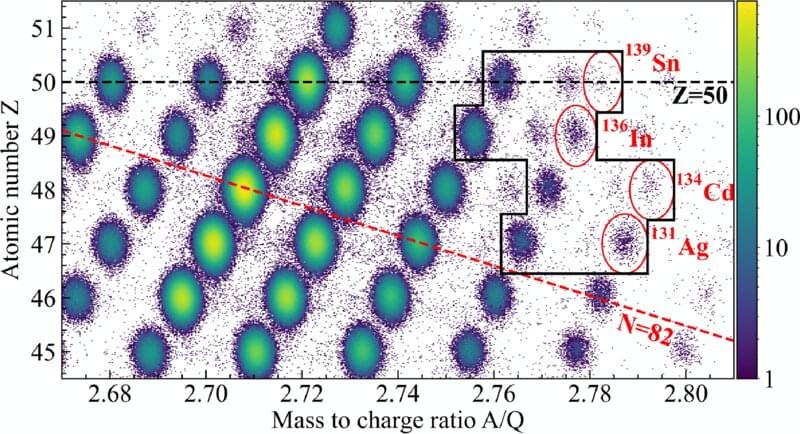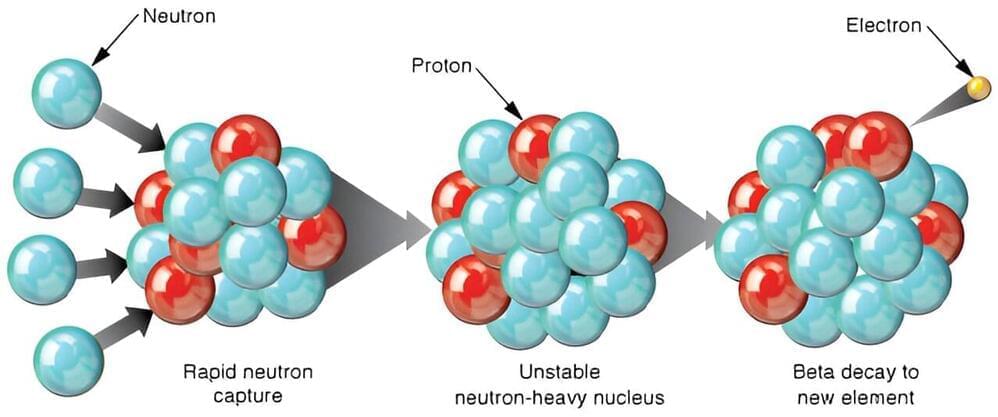May 16, 2024
Black holes observed colliding when universe was only 740m years old
Posted by Dan Breeden in category: cosmology
Prof Roberto Maiolino, an astrophysicist at the University of Cambridge, and a member of team behind the observations, said: “One problem that we have in cosmology is explaining how these black holes manage to grow so big. In the past we have always talked about gobbling matter very quickly or being born big. Another possibility is that they grow very fast by merging.”
Until now it was not clear whether the merging of galaxies – which is known to have happened – would also result in the black holes at the centres morphing into a single cosmic sinkhole. Recent models have suggested that one of them would be kicked out into space to become a “wandering black hole”
The latest observations use the Webb telescope’s ability to get to the far reaches of the cosmos and so have provided the first glimpse of galactic mergers in the distant past.


